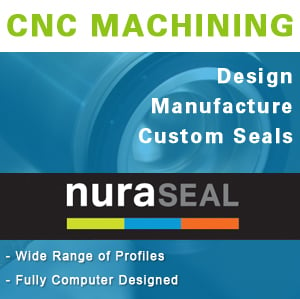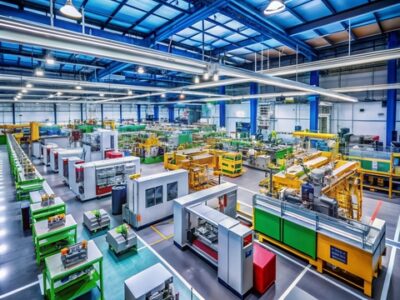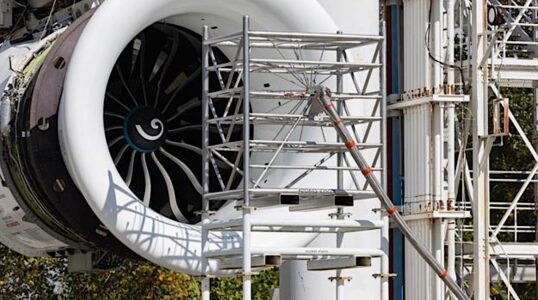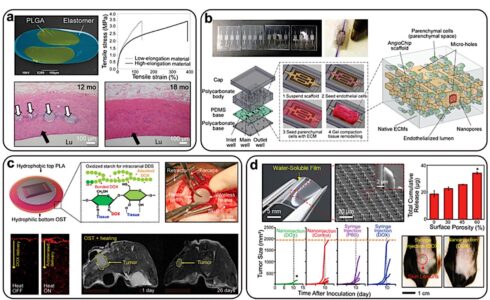Shaping the Road Ahead: Innovations Beyond Artificial Intelligence
The automotive world is at a historic crossroads. While much of the spotlight lately has shone on artificial intelligence—powering everything from autonomous driving to predictive maintenance—there is a parallel current of innovation rippling through the industry. Beyond AI, a suite of ground-breaking technologies is primed to become mainstream within the next five years, each with the capacity to reshape how vehicles are designed, built, powered, and experienced.
This exploration delves into three such transformative forces: solid-state batteries, vehicle-to-everything (V2X) communication, and advanced lightweight materials. While each is distinctly non-AI in its core, their mainstream adoption promises to accelerate progress in sustainability, safety, efficiency, and the very way we think about personal and commercial transportation.
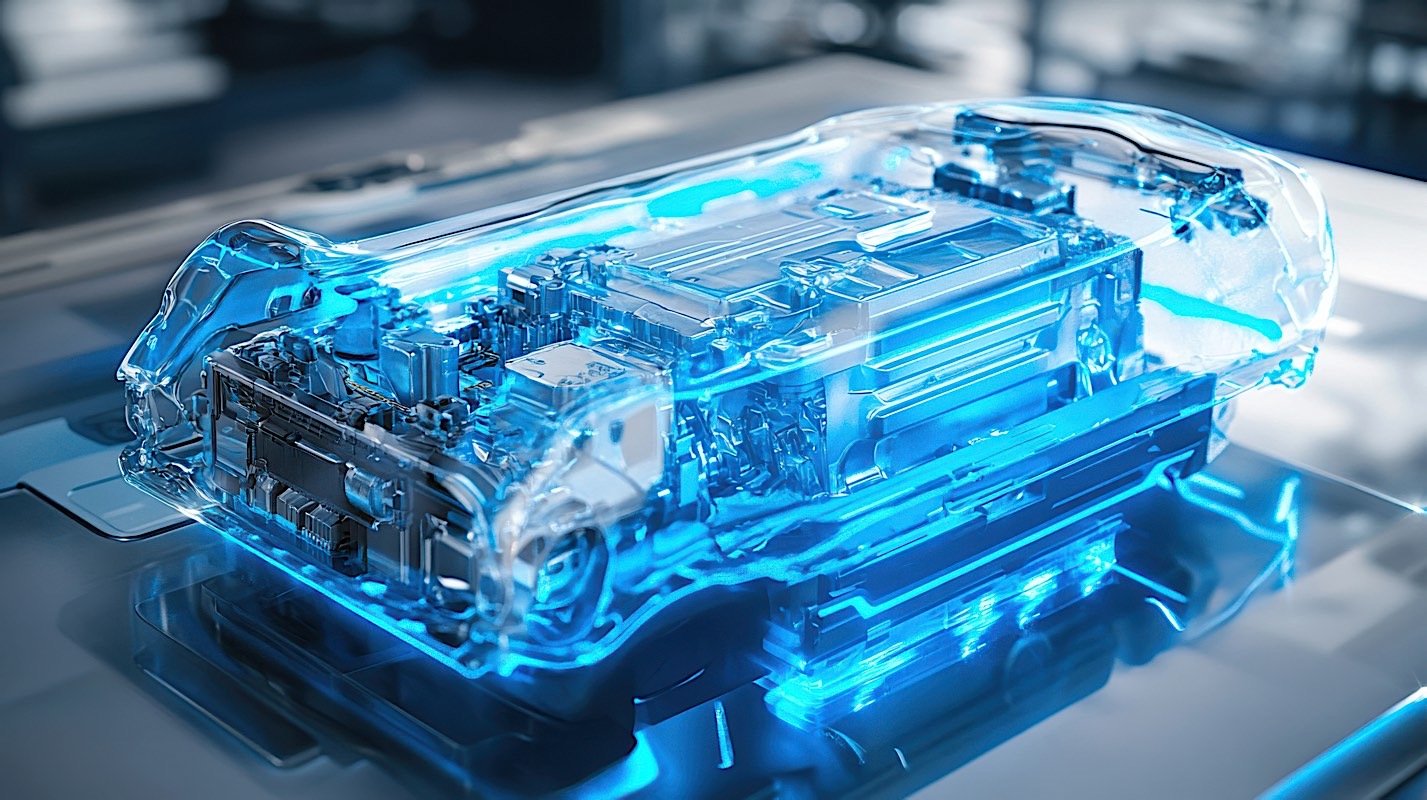
1. Solid-State Batteries: Supercharging the Electric Revolution
As the world pivots toward electrification, the limitations of today’s lithium-ion batteries have become increasingly apparent. Enter solid-state batteries—a leap forward in energy storage technology that replaces the traditional liquid or gel electrolyte with a solid material.
- Enhanced Energy Density and Range: Solid-state batteries can store far more energy in the same footprint as conventional batteries. For car owners, this promises greater range—potentially 500 miles or more on a single charge—alleviating the ever-present anxiety of running out of power during long trips.
- Faster Charging and Improved Safety: Thanks to their unique chemistry, solid-state batteries are less prone to overheating and fire, and they can support ultra-fast charging—some prototypes recharge to 80% in just 15 minutes. The absence of flammable liquid electrolytes further bolsters occupant safety.
- Longer Lifespan and Sustainability: These batteries degrade far more slowly than their lithium-ion counterparts, reducing the need for frequent replacements and easing the burden on recycling systems. Some designs are also less reliant on rare or conflict-prone materials, making them a more sustainable option.
The race to commercial viability is fierce, with established automakers and innovative startups alike investing billions in research and scaling up pilot production. By 2030, forecasts suggest that solid-state batteries could power up to 10% of new electric vehicles, igniting the next explosive phase of the EV boom. In the next five years, expect to see the earliest mainstream launches—likely in premium vehicles before filtering down to mass-market models.
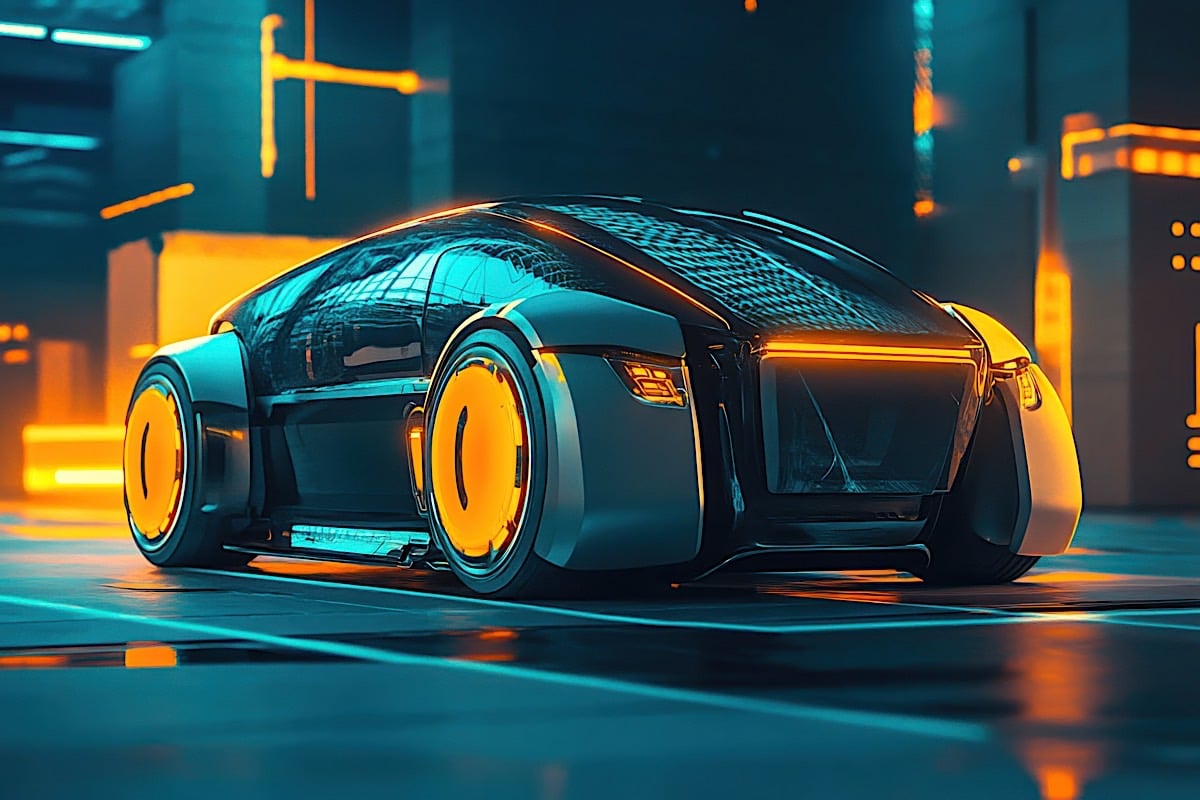
2. Vehicle-to-Everything (V2X) Communication: The Connected Mobility Ecosystem
While much of the industry’s connectivity narrative focuses on infotainment and smartphone integration, a deeper revolution is underway: vehicles communicating not just with each other, but with everything—traffic signals, road infrastructure, cyclists, pedestrians, and even the power grid.
- Reducing Accidents and Saving Lives: V2X technology enables vehicles to “see” around corners, anticipate hazards, and coordinate actions. Imagine a car receiving a signal from a traffic light about to turn red, or a warning that a cyclist is approaching a blind intersection. Such exchanges, measured in milliseconds, could prevent countless collisions.
- Smoother Traffic Flow and Reduced Congestion: When cars, buses, trucks, and infrastructure are in seamless dialogue, traffic signals can adjust in real time, vehicles can optimize their speeds to minimize stop-and-go driving, and city planners gain powerful new tools for managing congestion. The ripple effects extend to reduced fuel consumption, emissions, and road rage.
- Enabling Cooperative Autonomous Driving: Even without AI at the forefront, V2X lays the groundwork for fleets of vehicles to move in synchronized “platoons,” drafting to reduce energy use and responding collectively to changing conditions.
Regulatory bodies in North America, Europe, and Asia are moving to standardize V2X protocols, and automakers are beginning to include the necessary hardware in new models—some of which will begin to roll out in the next two to three years. As 5G and, soon, 6G networks proliferate, the vision of a truly connected mobility ecosystem will migrate from theory to reality, transforming both the driving experience and urban landscapes.
3. Advanced Lightweight Materials: Reinventing the Car’s Skeleton
For more than a century, steel has been the default backbone of the automobile. But as the demands of efficiency, performance, and sustainability grow, a new era is dawning—one built on advanced lightweight materials such as carbon-fibre composites, high-strength aluminum alloys, and even bio-based plastics.
- Achieving More with Less: Lighter vehicles consume less energy—whether gasoline, diesel, electricity, or hydrogen—translating to lower emissions, improved range, and sharper performance. A 10% reduction in vehicle weight can yield a 6-8% improvement in fuel economy.
- Design Flexibility: Materials such as carbon fibre not only shave off pounds but also allow for imaginative new designs and safer crumple zones. Manufacturers can now engineer vehicles with greater structural integrity while reducing bulk and mass.
- Environmental Impacts: The latest generation of lightweight materials increasingly emphasises recycled or renewable content. Bio-composites made from agricultural byproducts are finding their way into interior panels, while aluminum and steel manufacturers are greening their processes with renewable energy.
While some of these materials have long been the preserve of luxury or racing vehicles, rapid advances in manufacturing techniques and costs are bringing them to mainstream cars. Over the next five years, expect to see an ever-growing roster of models—especially electrics—touting dramatically reduced curb weights and enhanced performance, without compromising on safety.
The Road to 2030
The automotive industry’s next act will not be written by artificial intelligence alone. As solid-state batteries recharge the electric revolution, V2X communication weaves a safety net across our roadways, and advanced lightweight materials redefine what a car can be, the industry stands on the cusp of a profound transformation.
These technologies, soon to be as commonplace as airbags or seatbelts, promise safer roads, cleaner air, and vehicles that are more fun—and responsible—to drive. For automakers, suppliers, and consumers alike, the challenge and opportunity lie in adaptation and anticipation. The next five years will be defined not just by what a car can think, but by how ingeniously it can move, connect, and endure.
In this swiftly shifting landscape, one thing is certain: the future of the automobile will be lighter, longer-lasting, and more connected than ever before.










